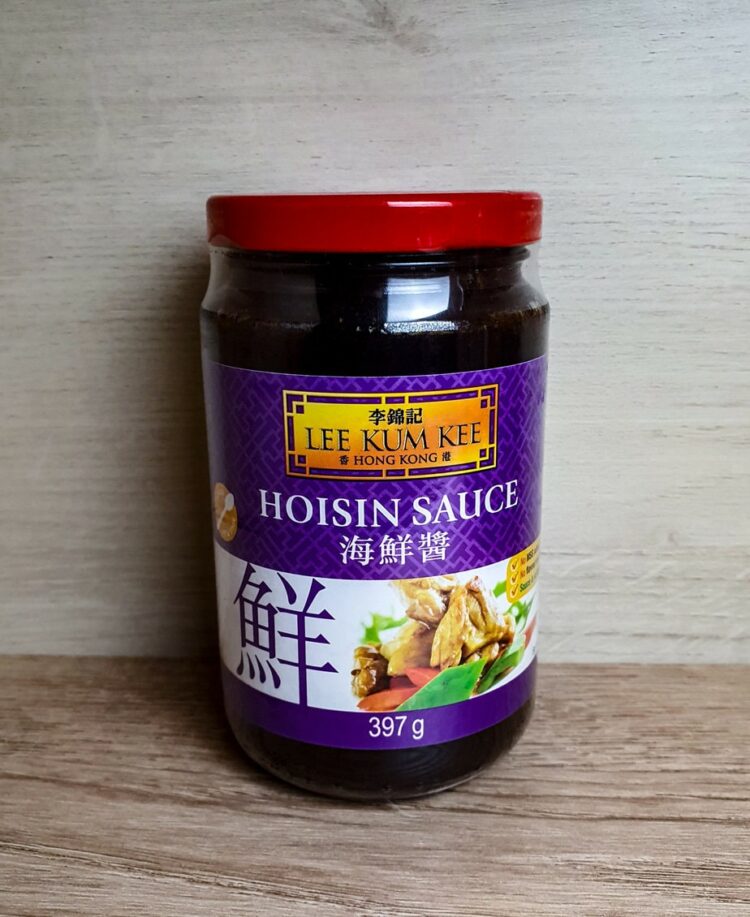Hoisin sauce is a deeply aromatic, slightly spicy sauce often used in Asian vegetable stir-fries, marinades, and grilled dishes. It’s a key ingredient in many Chinese dishes and some Vietnamese recipes. It’s also known as Chinese barbecue sauce.
What is hoisin sauce?
Hoisin sauce is a condiment made from fermented soybean paste blended with seasonings and spices. It adds a distinctly Asian flavor profile, combining umami with sweet, tangy, and spicy notes.
It typically contains no animal products and is therefore suitable for vegans and vegetarians, although it is traditionally served with Peking duck. It’s also used in the recipe for Chinese char siu (barbecued pork)
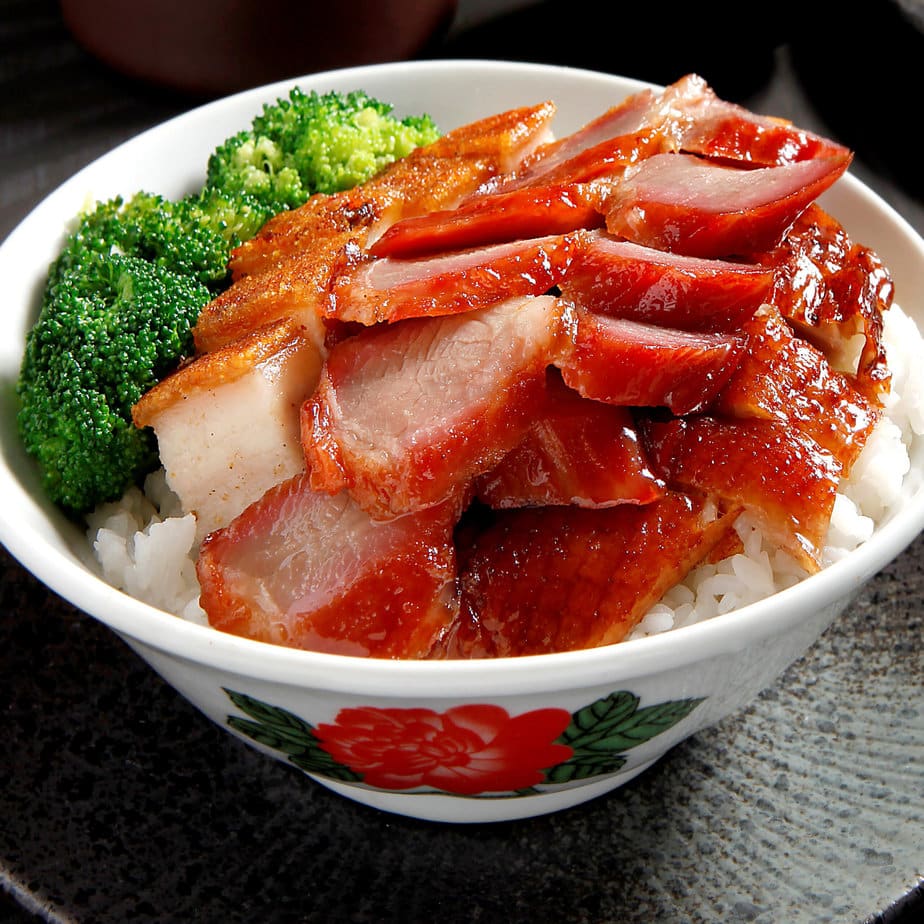
Origins of hoisin sauce
Very little is known about the origins of hoisin sauce beyond its Cantonese roots. The name hoisin comes from the Chinese word for seafood, and earlier versions may have contained a seafood ingredient to provide umami.
Today, it no longer contains seafood. In fact, it’s generally not used with seafood at all, so the origin of the name is a bit of a mystery. One leading theory is that hoisin sauce shares a common ancestor with oyster sauce, which is very similar in appearance and texture, and even somewhat in taste.
What’s in hoisin sauce?
Store-bought versions are typically made with fermented soybean paste, garlic, vinegar, sesame oil, chilies, and a sweetener. They may also contain preservatives, stabilizers, and colorings.
The ingredients in the very popular Lee Kum Kee brand include sugar, water, fermented soybean paste (contains wheat flour), salt, sweet potato powder, modified cornstarch, sesame paste, garlic, chilies, and spices. You can find it here on Amazon.
What does hoisin sauce taste like?
It’s dark and very thick, with a pronounced salty flavor and a hint of sweetness. You can compare it to American-style barbecue sauce, but it’s much saltier, richer, and less sweet, with a character all its own.
Fermented soybeans add a deeply savory umami element that other sauces often get from fish or meat.
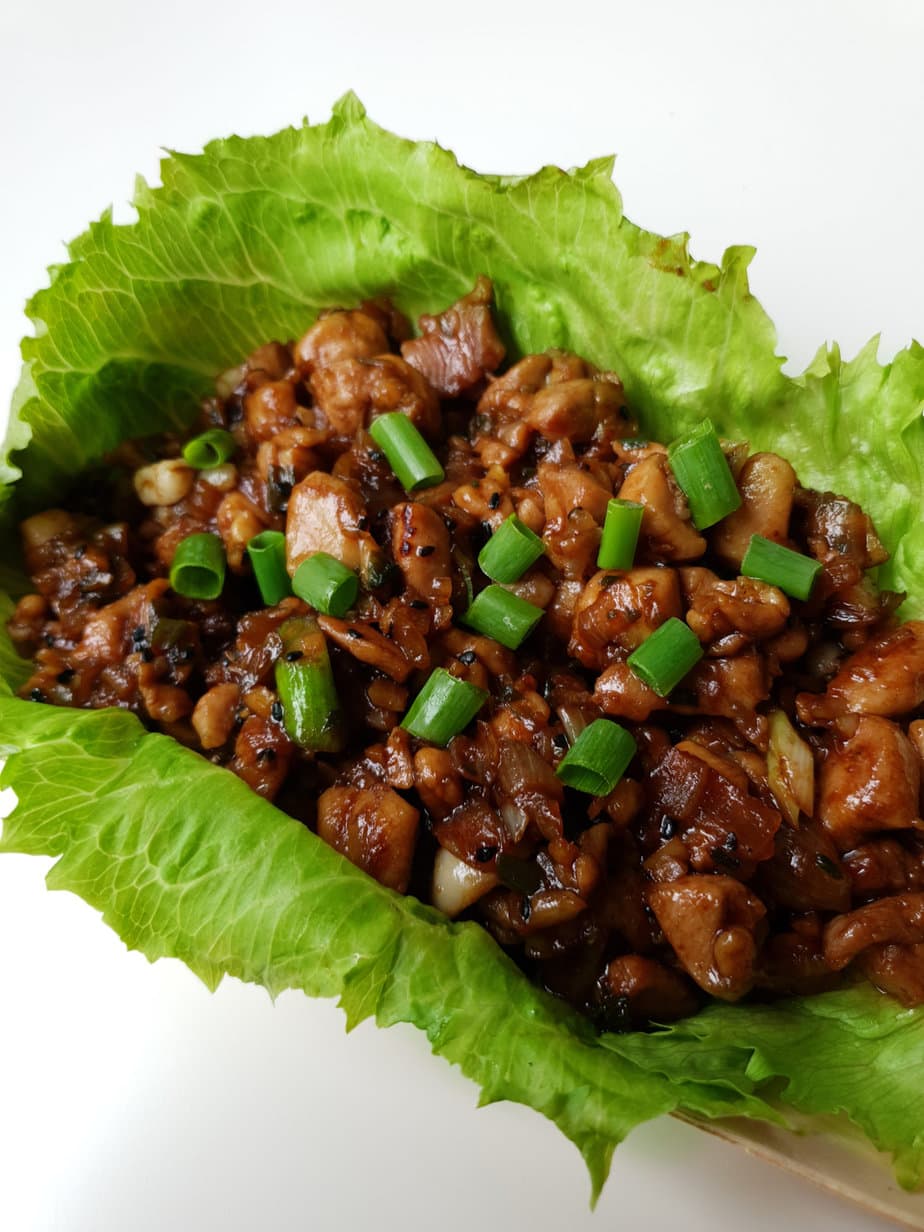
How to use hoisin sauce in cooking
Because its unique taste can be irresistible—especially if you’re new to Asian cooking—start by using just a little at a time to get a feel for the flavor. You can also dilute it with water or sesame oil before adding it to a recipe.
Hoisin sauce is an excellent way to add authentic Asian flavor, body, and color to a stir-fry or noodle dish. Use it as a dipping sauce for samosas, shrimp pancakes, shrimp tempura, and other Asian fried snacks. It also goes into the marinade for making crispy air fryer pork
Recipes that use hoisin sauce
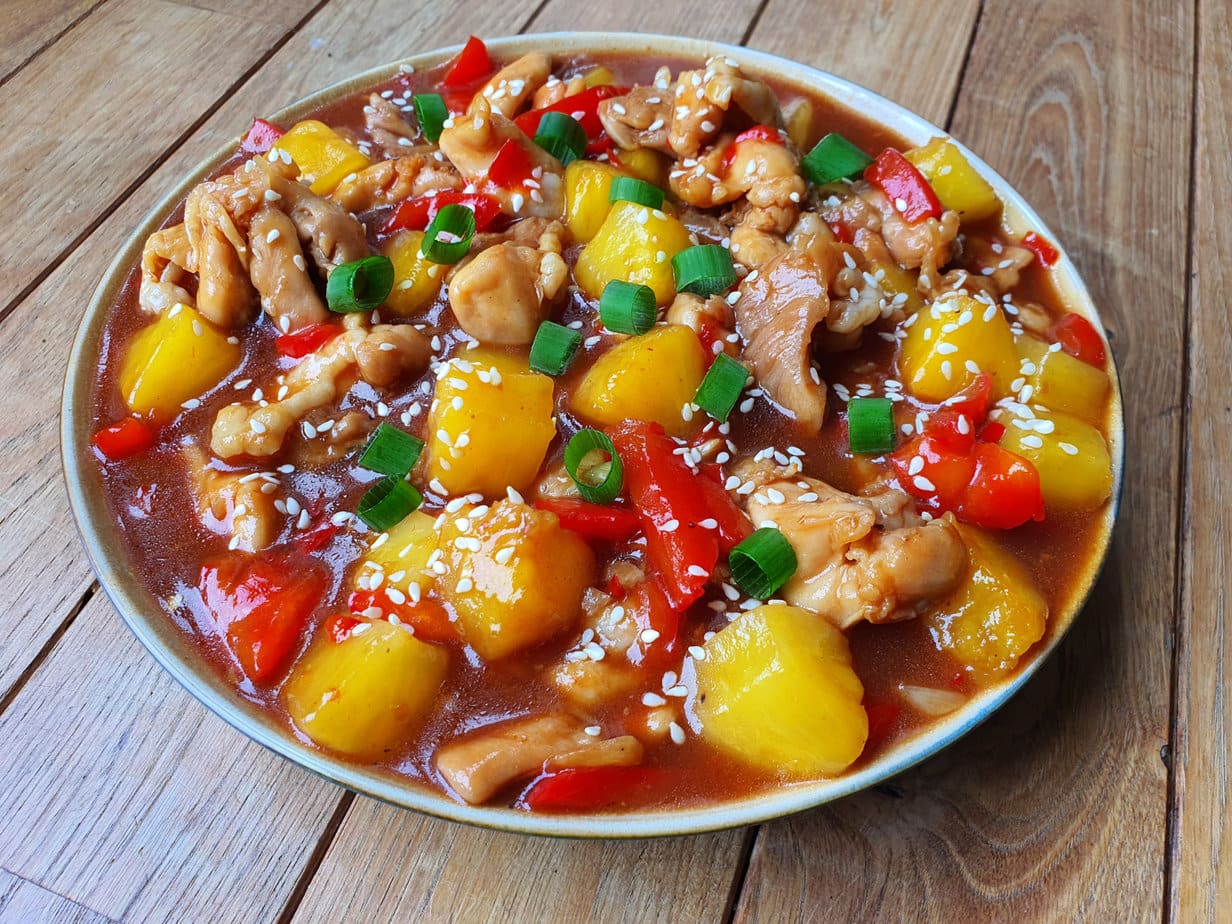
Hoisin sauce substitutes
If you can’t find hoisin sauce at the store, your best bet is to use a recipe (see the end of the article) to make a substitute. Another quick fix: stir some sriracha and Chinese five-spice powder into a typical barbecue sauce.
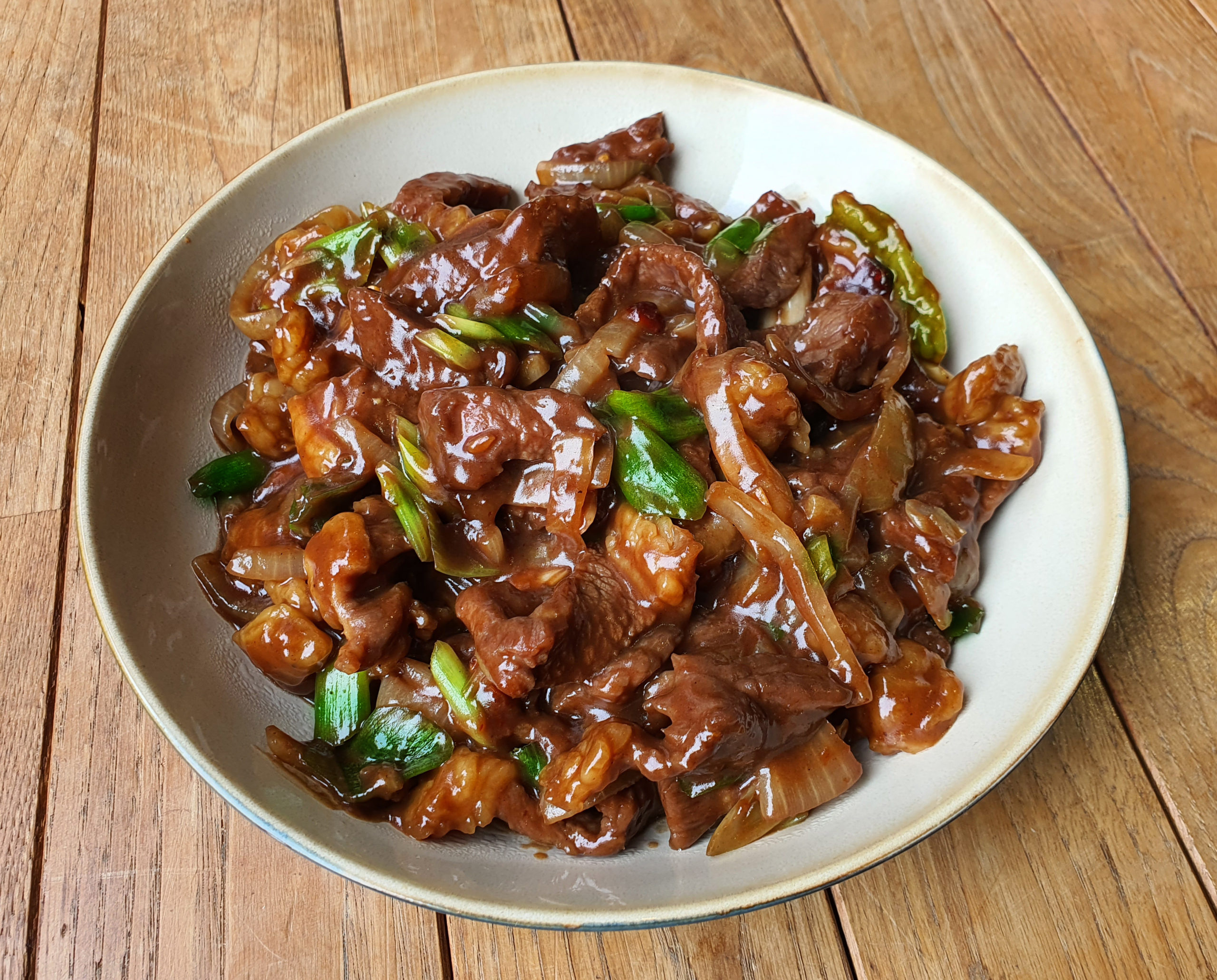
Where to buy hoisin sauce?
Many supermarkets carry hoisin sauce in the Asian foods aisle; look for brands such as Lee Kum Kee. At Asian grocery stores you’ll find other higher-quality brands with fewer artificial ingredients. You can also buy hoisin sauce online from Amazon.
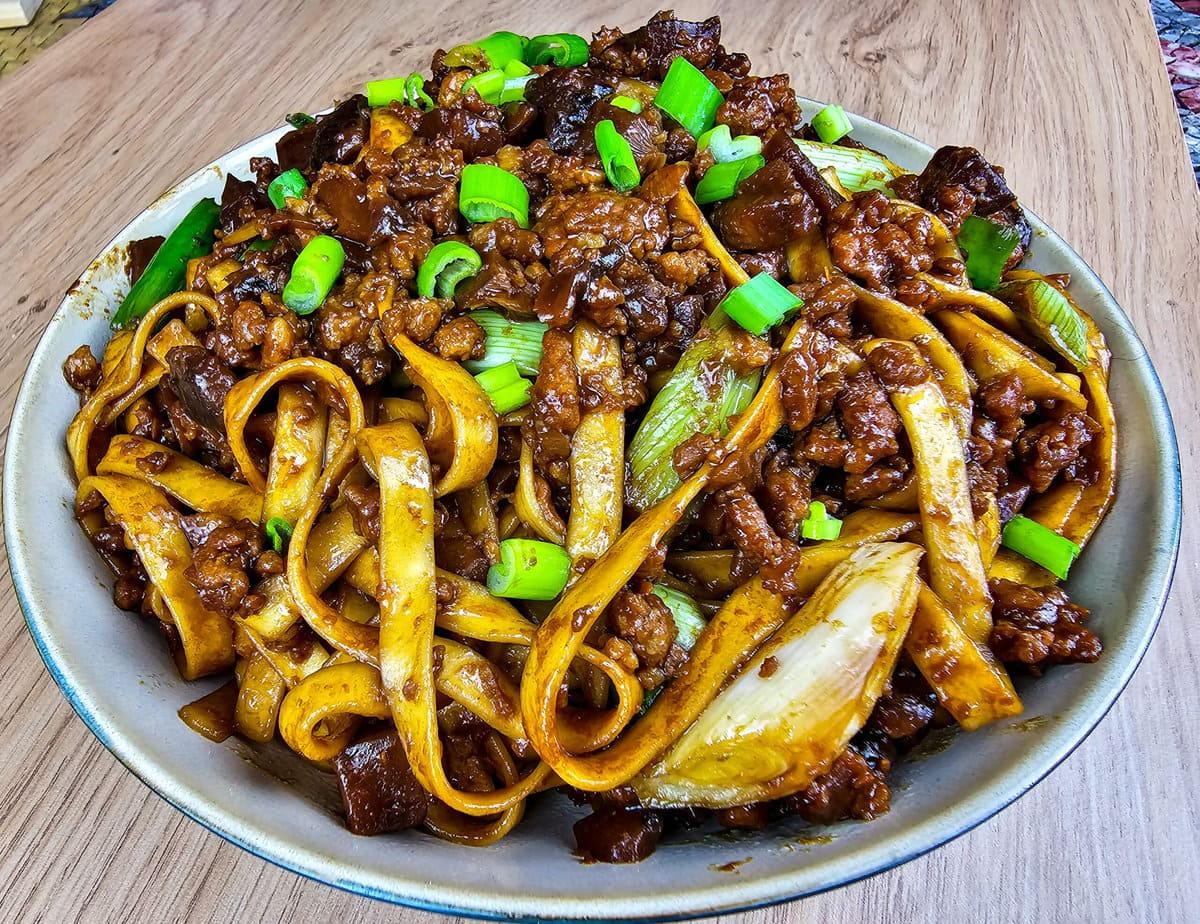
How to store hoisin sauce?
Store an unopened jar in a cool, dark place; it will keep for a few years. Still, check the expiration date. If you’ve had the sauce for a while, make sure it hasn’t developed mold or an off odor.
Once opened, refrigerate the sauce. You don’t need to use it quickly—it keeps for up to a year in the fridge, thanks to its high salt content, which inhibits bacteria and mold. Discard it if you see mold, notice an off odor, or observe discoloration.
Homemade hoisin sauce recipe
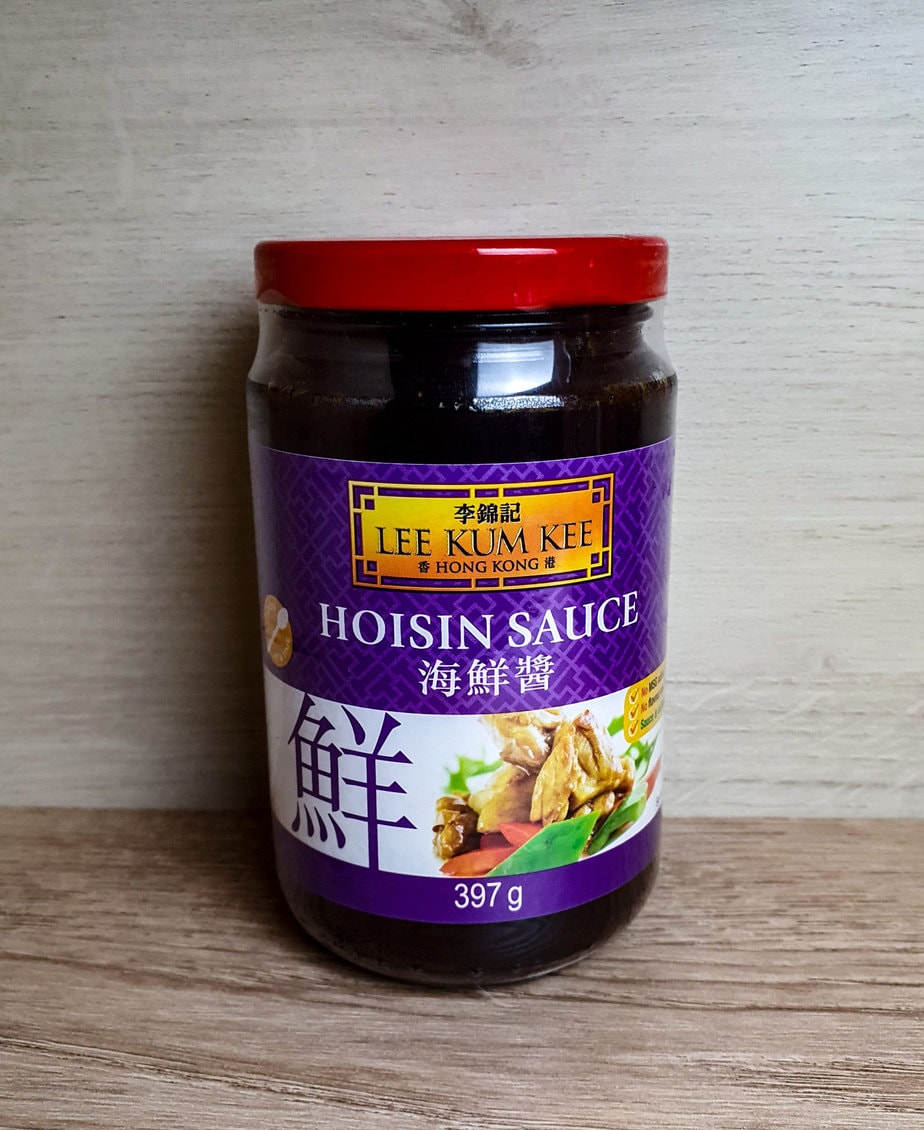
Ingredients
- 4 tablespoons soy sauce
- 2 tablespoons black bean paste or peanut butter
- 1 tablespoon honey or molasses
- 2 tablespoons white wine vinegar
- 1 pinch garlic powder
- 1 pinch Chinese five-spice
- 2 teaspoons sesame oil
- a few drops of Tabasco
- 1 pinch pepper
Instructions
- Combine all ingredients in a bowl and whisk until smooth.
